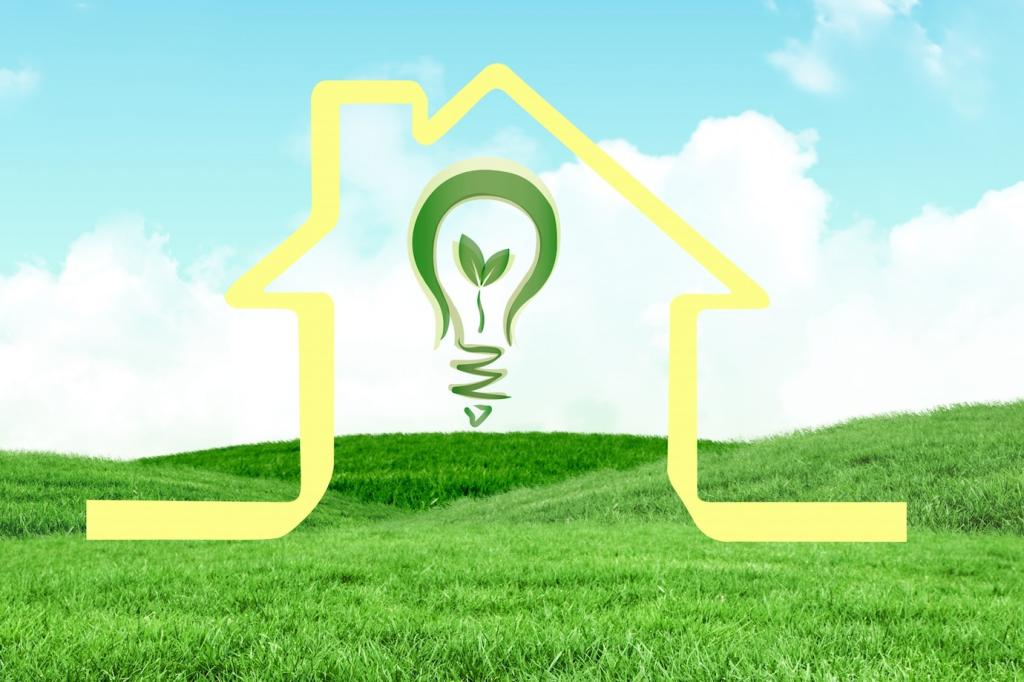Energy-efficient design in interior spaces is a dynamic and essential approach that integrates sustainability with comfort, aesthetics, and functionality. By focusing on energy-saving strategies, modern interiors can greatly reduce environmental impact while offering improved living and working environments. These designs utilize advanced techniques, smart materials, and thoughtful planning to minimize energy consumption and embrace eco-friendly values. The result is a harmonious space that not only conserves resources but also enhances the well-being of its occupants.
Smart Lighting Solutions
Automated lighting controls bring a new level of efficiency to interior environments. Using sensors, timers, and user-friendly apps, these systems provide the right level of light exactly when it is needed. Occupancy sensors automatically turn lights on or off based on the presence of people in a room, ensuring energy is never wasted when spaces are unoccupied. Programmable schedules can adjust lighting levels throughout the day and night, further enhancing energy optimization. The seamless integration of these controls not only lowers electricity consumption but also adds convenience and flexibility for users, adapting to individual routines and needs.
Harnessing natural daylight is a cornerstone of energy-efficient interior design. By strategically placing windows, skylights, or light wells, interiors can be bathed in natural sunlight, reducing the reliance on artificial lighting during daytime hours. Advanced daylight sensors can complement these designs, automatically dimming or switching off electric lights when ample sunlight is available. Integrating daylight in design contributes not only to energy savings but also to occupant well-being, as natural light supports mood, productivity, and overall health.
The selection of lighting fixtures plays a vital role in energy-efficient interiors. Modern LED technologies offer unparalleled energy savings and longevity compared to traditional incandescent or fluorescent lights. Well-designed fixtures ensure that light is distributed only where needed, minimizing waste. Additionally, selecting fixtures that can be easily dimmed or adjusted supports the creation of personalized, energy-optimized environments. With an ever-expanding range of stylish, sustainable lighting solutions available, achieving both efficiency and visual appeal is easier than ever.

Previous slide
Next slide
Sustainable Materials and Insulation
Proper insulation is essential for any energy-efficient interior. High-performance insulation materials, such as spray foam, rigid foam boards, or recycled cellulose, dramatically slow down the transfer of heat between indoors and outdoors. Well-insulated walls, floors, and ceilings keep interiors warmer in winter and cooler in summer, reducing the demand on heating and cooling systems. Advanced insulation solutions also improve acoustic comfort and air quality, creating a more enjoyable and sustainable living experience in all seasons.
Flooring and surface selection make a significant impact on both the aesthetics and energy profile of a space. Materials like bamboo, cork, reclaimed wood, or recycled tile are not only stylish and durable but also easier on the environment. Sustainable floor coverings can help maintain indoor temperatures, reduce the need for artificial heating and cooling, and limit the emission of volatile organic compounds (VOCs). By choosing local or responsibly sourced materials, designers further minimize the environmental footprint associated with transportation and manufacturing.
Windows are often a major source of unwanted heat gain or loss in interiors. Energy-efficient designs incorporate double or triple-glazed windows, which significantly reduce thermal transfer while maximizing natural light. Low-emissivity (Low-E) coatings add another layer of protection against outdoor temperatures. Complementing these windows with insulated blinds, shades, or curtains offers even greater control, allowing occupants to regulate warmth and privacy throughout the day. These strategies help create interiors that are comfortable in all climates with minimal energy expenditure.

